MIG and MMA welding machines are both commonly used in metal fabrication and welding. However, they differ in several important ways, including their operation, the types of welding they are best suited for, and the materials they can weld. In this article, we will discuss the main differences between MIG and MMA welding machines.
MIG Welding Machine
MIG stands for Metal Inert Gas welding. This process involves using a wire feed that is continuously fed through a welding gun. The wire is connected to a power source that provides the necessary electricity to heat and melt the wire, which is then used to join two pieces of metal together.
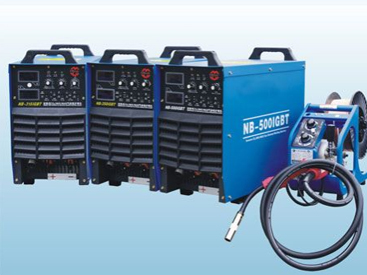
MIG Welding Machine
MIG welding machines typically use a shielding gas to protect the weld pool from atmospheric contamination. The gas is usually a mixture of argon and carbon dioxide, but other gases such as helium or nitrogen can also be used. The shielding gas is typically fed through the welding gun along with the wire.
MIG welding is often used for welding thin sheet metal or other lightweight materials, as it produces a clean, precise weld with minimal spatter. It can also be used for welding thicker materials, such as structural steel or aluminum, although it may require a higher amperage setting or a different type of wire.
MIG welding is often preferred for its ease of use and speed. It is a relatively simple process that can be learned quickly, and the continuous wire feed allows for fast welding without the need for frequent stops to reload. However, MIG welding does require a steady hand and good control, as the welds can be difficult to control if the operator is not careful.
MMA Welding Machine
MMA stands for Manual Metal Arc welding. This process involves using an electrode, typically made of a metal rod or stick, that is manually fed into the welding arc. The electrode is connected to a power source that provides the necessary electricity to heat and melt the metal, which is then used to join two pieces of metal together.
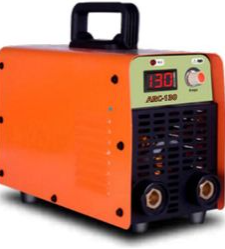
MMA Welding Machine
MMA welding machines do not require a shielding gas, as the electrode itself provides a protective coating that melts and covers the weld pool. This coating also helps to prevent atmospheric contamination from affecting the weld quality.
MMA welding is often used for welding thicker materials, such as steel or cast iron, as it produces a strong, durable weld that can withstand high stress and strain. It can also be used for welding in outdoor or windy conditions, as the electrode coating provides some protection from the wind and weather.
MMA welding is more difficult to master than MIG welding, as it requires a steady hand and good control over the welding arc. The operator must also be careful to maintain the correct electrode angle and maintain a consistent distance between the electrode and the workpiece.
Featured content:What are Metal Shredders and How Do They Work?Do you know the advantages of lintel making machineWhat is the advantage of telescopic boom lift?How long does ozone treatment for car take?How does DOD large character inkjet printer work for industrial marking and coding applications?What does a bucking unit do?The Overview of Pulse TIG Welding Machines
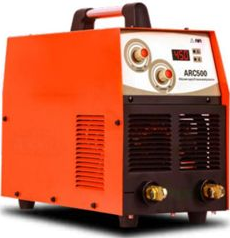
MMA Welding Machine
Comparison of MIG and MMA Welding Machines
Operation:
MIG welding machines use a continuous wire feed that is fed through a welding gun, while MMA welding machines use a metal electrode that is manually fed into the welding arc.
Shielding gas:
MIG welding machines require a shielding gas to protect the weld pool from atmospheric contamination, while MMA welding machines do not require a shielding gas.
Types of welding:
MIG welding is often used for welding thin sheet metal or other lightweight materials, while MMA welding is often used for welding thicker materials, such as steel or cast iron.
Materials:
MIG welding can be used to weld a variety of materials, including steel, aluminum, and other metals. MMA welding is best suited for welding steel and cast iron.
Ease of use:
MIG welding is generally easier to learn and faster to operate than MMA welding, although it does require a steady hand and good control. MMA welding is more difficult to master but can produce stronger, more durable welds.
It is our great honor to satisfy your requirements on welding products. Any requirement from you will be maximized by us.

source
Featured content:Understanding the Process Flow of a Maize Flour Milling PlantSelecting a Quality Electric Mobile Aerial Work PlatformExploring the Ingenious Self-Loading Concrete MixerEnhancing Safety with the Safety Valve Grinder: A Comprehensive OverviewWhat is the cost of automatic EPS shape molding machine?Benefits of Using a Pet Food Extruder: Elevating Nutrition for Your Furry FriendsAdvantages of Lithium Battery Module Pack Assembly Line






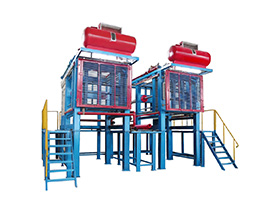
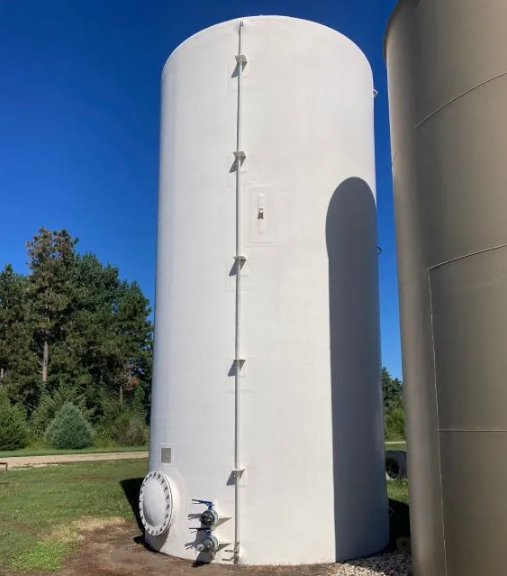

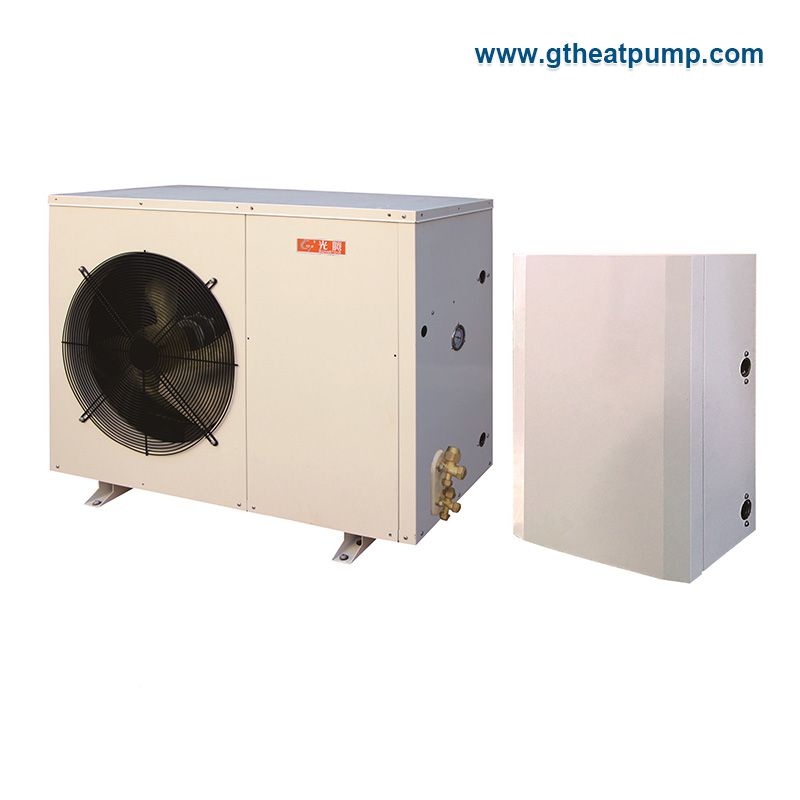
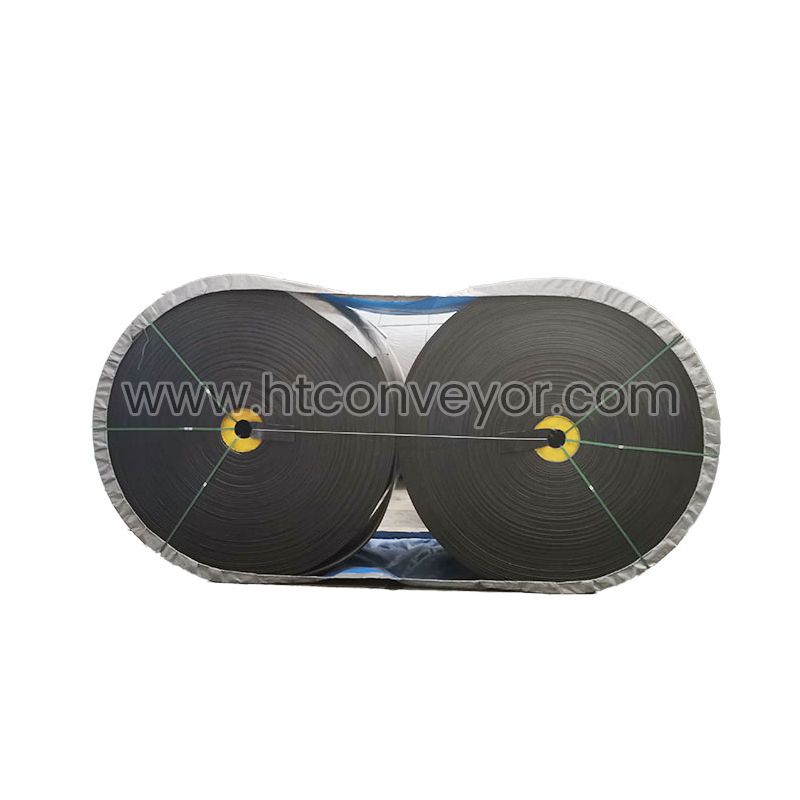

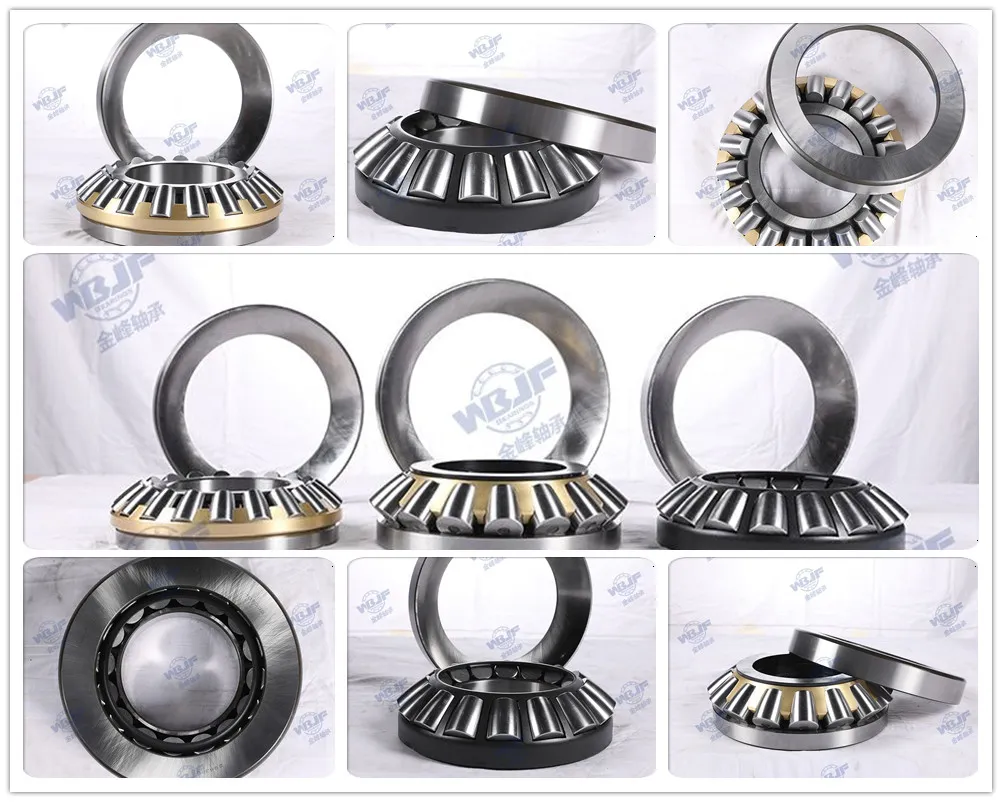
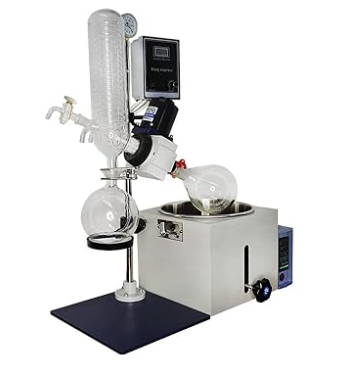
Comments
Please Join Us to post.
0